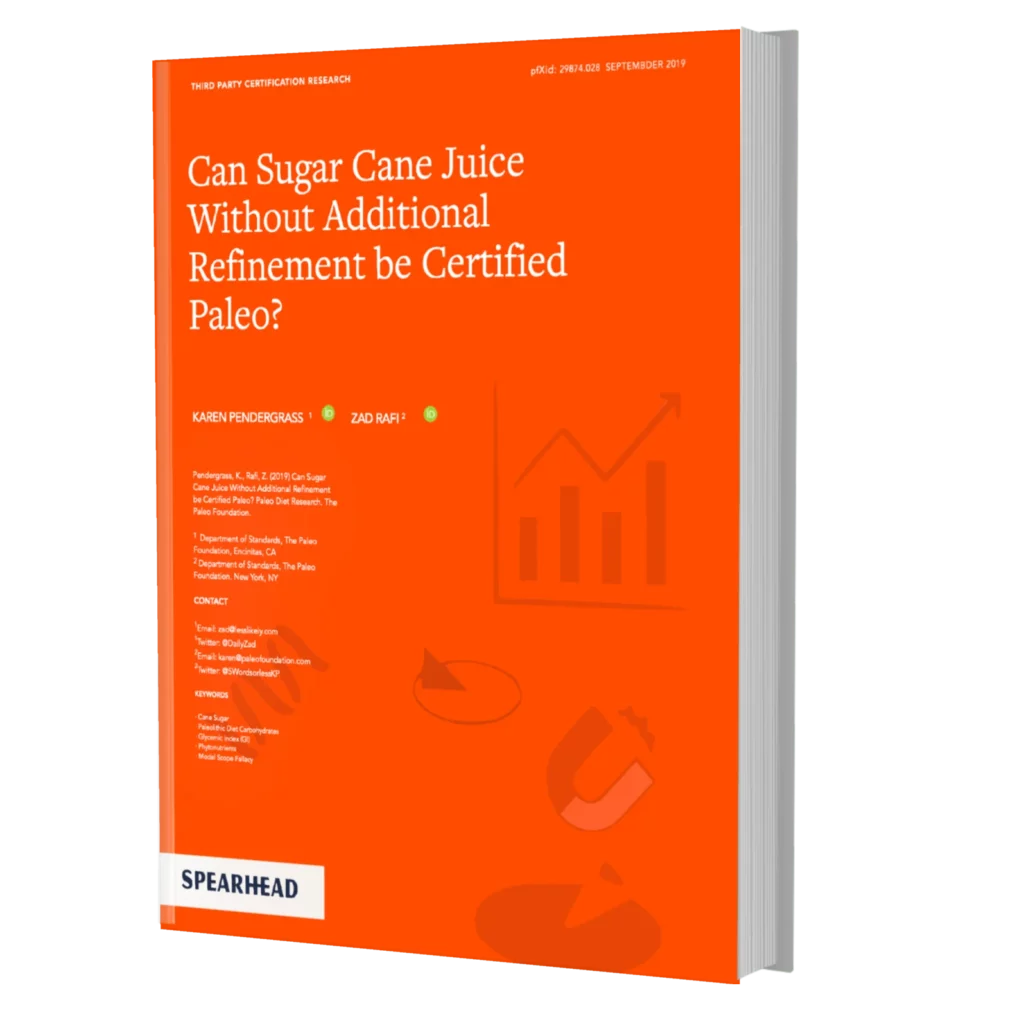In the specific case of the keto diet, however, its massive popularity has mostly been propelled by consumer-led demand for low-carb diets, despite medical reviews suggesting that the ketogenic diet may have long-term risks that “may outweigh the benefits.”
It is evident, then, that nutrition parameters set forth by the government or the mainstream medical community have certainly not been the catalyst for the Keto diet craze. Consumers are leading the charge in the rapidly evolving food sector dynamics, specifically the rising demand for healthy, low-carb food products. In the past years, consumer demand for organic, non-GMO, and other health food products that align with their values and dietary tribes has been steadily increasing.
As we have stated above, the ketogenic diet trend that is taking the nation by storm has benefitted from the relatively quick and evident weight loss effects that it provokes. However, there are other consumer values and standards that make this restrictive diet so popular. Many consumers choose the keto diet due to a growing sense of environmental duty and responsibility. Others appreciate the ability of a keto lifestyle to deliver nutritional targets and indulgences.
Below, we look at four of the primary emerging consumer values and standards that will continue to be the foundation for the sustained popularity of the keto diet.
These four values and standards are:
• Health and Environmental Benefits of Regenerative Agriculture
• Plant-Based Lifestyles
• Functional Foods and Fibers
• Accurate Quantification of Net Carbohydrates
For many years, the meat industry was the main target for attack by both health and environmental organizations, and for a good reason. According to one report, an estimated 90 percent of animals farmed worldwide — and 99 percent of U.S. livestock — are raised on CAFOs (concentrated animal feeding operations), factory farms, or feedlots.” These highly concentrated animal “farms” require an enormous amount of antibiotics, growth hormones, and other inputs that are increasingly coming under attack for their adverse health effects. For example, at least 60 percent of all antibiotics produced and used worldwide are used in animal production for both therapeutic and non-therapeutic purposes. The widespread use of these antimicrobial agents in animal husbandry has shown clear links to developing and spreading resistant bacteria.
On the environmental level, factory farms also present serious problems. The air pollution around factory farms and CAFOs has been a major source of litigation in recent years, as affected neighbors claim that these farms have negatively affected their health by releasing compounds such as hydrogen sulfide, ammonia, and methane. Furthermore, the 450 million tons of manure produced by factory farms in the United States each year also presents a serious environmental hazard and often contaminates local watersheds.
Given these adverse effects associated with the factory farming of animals, consumers across the nation have widely accepted the promise of a healthy and environmentally friendly form of animal agriculture. Regenerative agriculture is a holistic system of farming that prioritizes biodiversity, soil health, watersheds, and ecosystems. In livestock farming, regenerative agriculture emphasizes grass-fed and/or pasture-raised animals, better animal welfare practices, and frequent paddock rotation to regenerate barren soils while potentially sequestering enormous amounts of carbon dioxide from the atmosphere.
The Natural Resources Defense Council (NRDC) report states that “regenerative farming also benefits water quality and quantity. Less chemical and pesticide inputs on regenerative farms and ranches mean less chemical pollution impacting ground and surface water, reducing harmful algal blooms and drinking water pollution.”
The growth of regenerative, pasture-raised meat is slowly beginning to make its way into the mainstream, both of consumer values and major players within the industry. For example, transnational food companies such as General Mills plan to expand regenerative agriculture practices by one million acres by 2030. The company released a lifecycle assessment with one of its animal suppliers (White Oak Pastures) that shows farms’ net carbon benefit that practices regenerative grazing.
Some of the most ardent supporters of regenerative-raised meat claim that transitioning just 10 to 20 percent of agricultural production to best practice regenerative systems will sequester enough carbon dioxide to mitigate climate change concerns.























